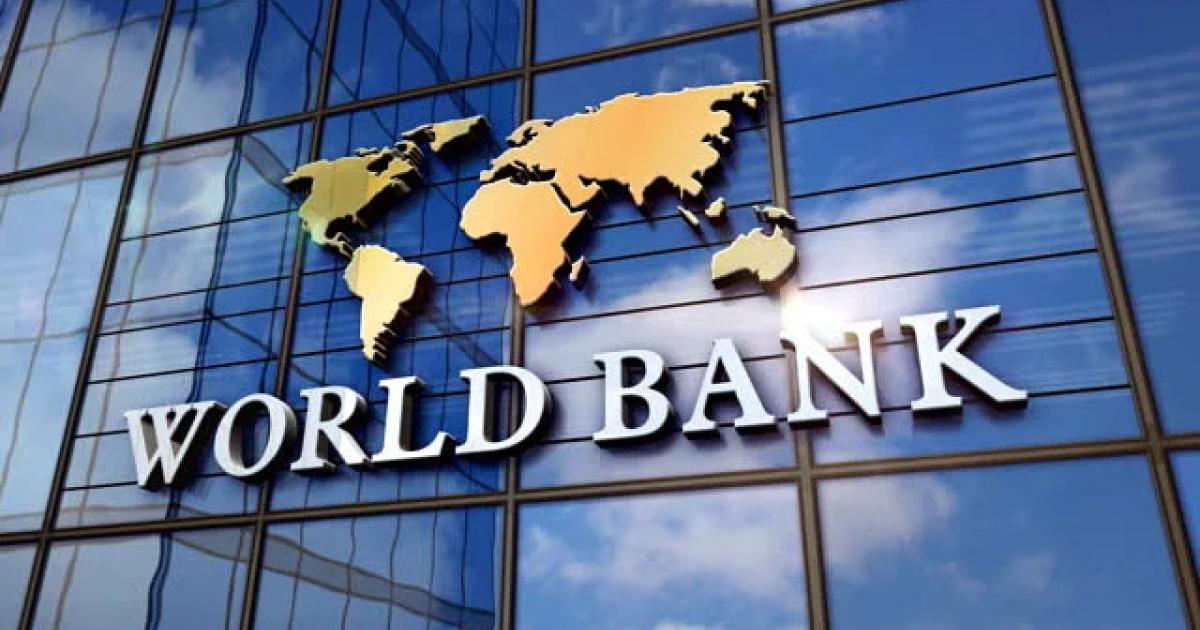… “A key factor limiting Liberia’s ability to increase its per capita wealth and thus raise its standard of living is the persistence of high fertility culminating in rapid population growth,” the World Bank said in the statement. one of his last reports on Liberia
The World Bank (PDF) has singled out the high population growth rate as one of the key factors limiting Liberia’s ability to increase its per capita wealth as a means of raising living standards.
According to the Bank, Liberia’s population continues to grow at 2.5-3% per year, with an average of 4.3 births per woman, nearly double the world average, resulting in high population growth, which makes it more difficult for Liberia to increase its wealth per capita.
The adolescent fertility rate is 136 births per 1,000 women aged 15-49, well above the average for sub-Saharan Africa (101 births). could further foster the demographic dividend, the bank said in a report — Liberia Economic Update — “Investing in human capital for inclusive and sustainable growth.
“High population growth makes it harder for Liberia to increase its wealth per capita. A key factor limiting Liberia’s ability to increase its per capita wealth and thus raise its standard of living is the persistence of high fertility which translates into rapid population growth. Liberia’s population continues to grow at 2.5-3% per year, averaging 4.3 births per woman, nearly double the global average,” the Bank said in the report, authored by Gweh Gaye Tarwo. , its Country Economist for Liberia.
“When marriage and sexual activity begin at a young age, childbearing often begins at an early age and is therefore linked to fertility patterns. Delaying marriage and childbearing could reduce fertility rates and population growth,” Tarwo said in the report, “In Liberia, the median age at first marriage is 22.6 years for women aged 25-29. 21.2 years for women aged 25-49, and 19 .8 years for women aged 45 to 49. This indicates that the median age increased by nearly one year every five years.The median age at first marriage increased from 18.4 years in 2007 to 21.2 years in 2020 for women.
The Bank noted that while the country’s high population growth is affecting its per capita wealth, the country still stands a better chance if further intervention measures are taken to increase human capital wealth in Liberia. They range from overall macroeconomic stability for faster growth to significant improvement in the overall business environment, including regulations affecting business start-ups; current business operations and competition; and factor markets such as labour, finance and land,” the Bank said.
The Bank’s position comes as Liberia’s human capital wealth was estimated at US$24 billion in 2018, representing 42.0% of the country’s total wealth. This human capital per capita was worth US$5,000, which is low compared to the world average of US$101,000 — and the capital per capita was also well below the level of countries like Nigeria, Ghana, Benin, Côte d’Ivoire, Togo and Senegal, notes the Bank.
However, Liberia, according to the Bank, was superior to the level of Niger and Guinea and comparable to the level of The Gambia, Sierra Leone, Burkina Faso and Mali.
“In real terms, Liberia’s wealth in 2018 was estimated at $57.3 billion, 105.6% more than in 2000, growing by an average of 4.1% per year,” Tarwo writes in the report. “However, due to high population growth, per capita wealth fell from $9,786 to $11,891, increasing by only 21.5% cumulatively over the period, or an average of 1.1% per year. “
“Because per capita wealth is what matters for future living standards, Liberia’s progress towards sustainable development has been significant but very limited. Furthermore, between 2014 and 2018, total wealth and wealth per capita decreased by 1.9% and 11.2%, respectively. Declining wealth per capita indicates insufficient investment in a nation’s assets, or that they are mismanaged or misvalued.
“Liberia’s wealth by asset class shows a smaller share of human capital in total wealth. Liberia’s national wealth was historically dominated by natural capital. A diversified asset portfolio is more resilient than a portfolio overly dependent on a single asset. Liberia can choose to invest in different components of wealth and achieve a more balanced and resilient portfolio of assets,” he said.
The Bank said that by analyzing the evolution of the main components of wealth, policymakers can have better tools to build and manage a comprehensive wealth portfolio and decide what combination of assets would help them achieve this goal. He added that an obvious choice for policymakers in Liberia is to invest in human capital because high population growth makes it more difficult for Liberia to increase its wealth per capita, which is a “key factor limiting the Liberia’s ability to increase its per capita wealth and thus raise the standard of living is persistently high fertility which results in rapid population growth.
According to the report, like wealth per capita, human capital per capita in Liberia has been unstable over the past two decades, reflecting the dynamics of the Liberian economy. Between 2011 and 2014, human capital per capita increased from $2,900 to $5,000 before stagnating at this level between 2014 and 2018,” the bank said.

